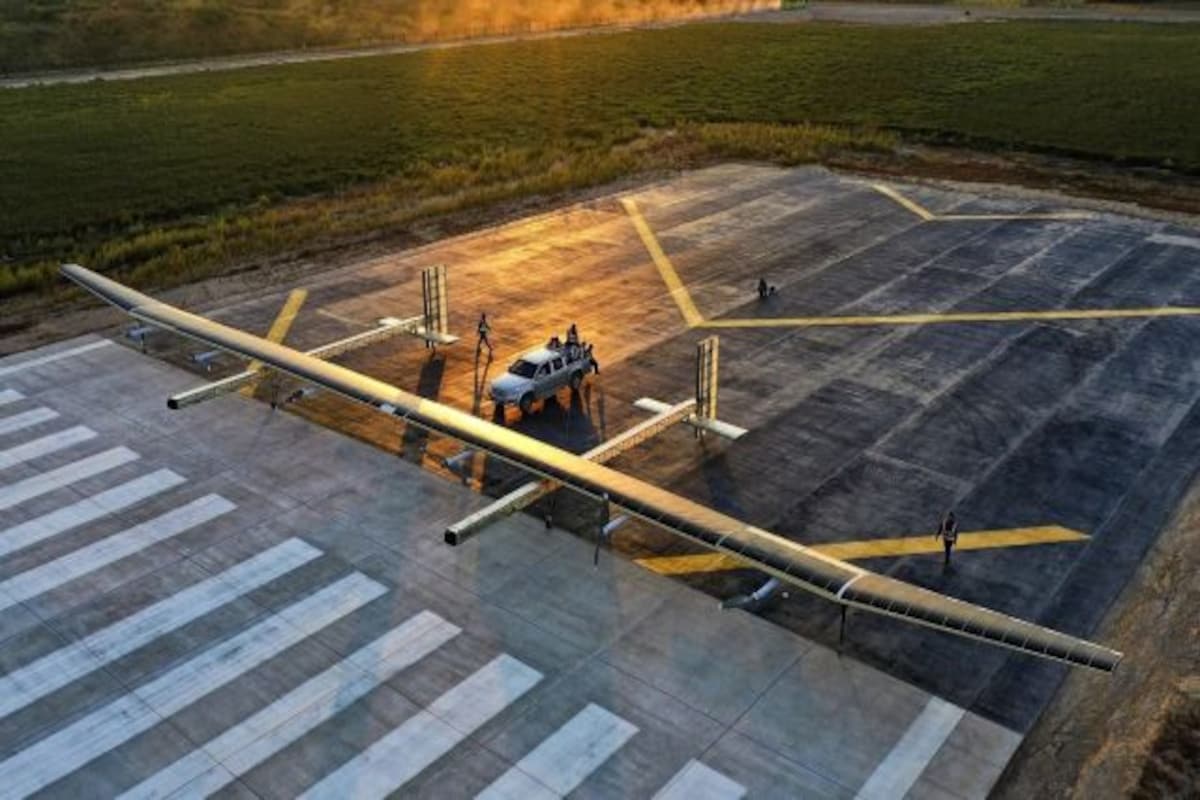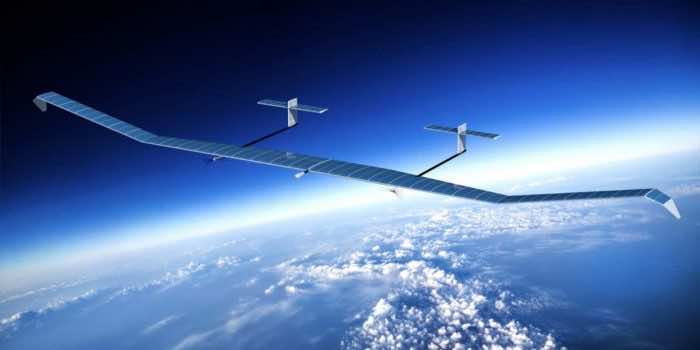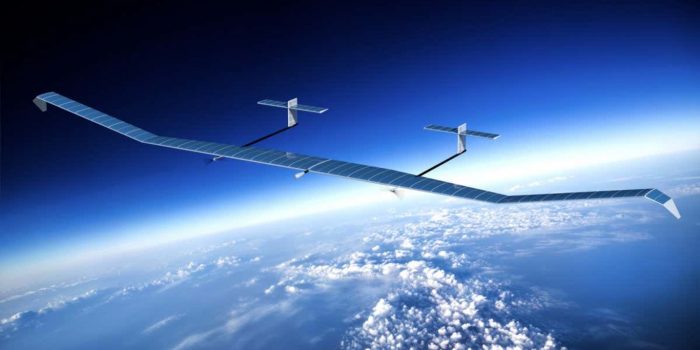China has successfully tested its first unmanned aerial aircraft fueled entirely by solar energy. Its name is Qimingxing-50, or “Morning Star.” It has cutting-edge technology, is a very well-equipped unmanned aerial vehicle, and has its own strategic value.
China has bundled it with features like this: it has a massive 164-foot wingspan and is fully powered by solar panels. As a result of the enormous size of the wing spread, it has high endurance. The UAV is often referred to as a HALE (high altitude, long endurance) UAV. Although China has only recently completed its first flight, it is anticipated that this unmanned aerial vehicle will be able to stay in the air for years.
Another crucial characteristic of this unmanned aerial vehicle is its high altitude and low speed, which means it won’t be moving as quickly as a low-earth orbit satellite. This is a low-speed drone, and you will realise that since it is at its lowest point, it can have some relevance since you know that low-earth satellites move very quickly and as the orbital altitude climbs, the speed continues to drop. It is superior at performing surveillance and reconnaissance tasks.
As you’ll see, this drone has the potential to function something like a satellite. Since it is a low-speed drone and won’t be travelling quickly like an aerial vehicle, the line between a drone and a satellite will be blurred by this drone. It can stay in one place, collect data, make maps, or work as a satellite above the ground, depending on what it was made for.
Consequently, a satellite performs essentially all of the following tasks: observation, monitoring, atmospheric analysis, aerial mapping, and signal relay. If equipped with the appropriate transponders and other tools, this UAV can also carry out all those tasks. Because of this, it is now referred to as a pseudo-or quasi-satellite. Another name for it is a high-altitude platform station.
This technology is already available in the United States, where a drone has been kept aloft for 42 days. The only distinction between this UAV and others is that China asserts that its drone will continue to fly for several months, and possibly even a full year. The cost is more as well, but the problem here is not technology but rather engineering-related, because when you create anything with such a broad wingspan, it needs to be stable. You must be concerned with the UAV’s safe launch, so you must be an engineering design master.
The importance of this type of UAV is enormous. It takes time to return to the same location on the earth because when studying satellites, you first learn about polar satellites and how they move across the planet’s surface in an 8 pattern. For time-sensitive operations, you cannot wait for such a lengthy time because it can take a week to 10 days. Therefore, this type of UAV can be quite helpful if you need to quickly conduct reconnaissance, surveying, or communication above a certain spot on the surface. Additionally, there is a chance that satellites could be destroyed in a battle; a space war is the actual danger in the future. Countries could start blowing up one another’s satellites and destroying their space assets. This kind of UAV can stop similar service outages from happening in the future, which could be very important from a strategic point of view. Strategically, the reconnaissance, monitoring, surveying, or communication of a point may be across an ocean from the standpoint of geostrategic planning.

These unmanned aerial vehicles can be used to make these exceedingly effective. Actually, UAV’s are less expensive than satellites. They are simpler to run, launch, and maintain, and if you consider such a vehicle, it will have many additional advantages, such as promoting innovations and attracting more investments. The nation’s innovation and technological ecosystem could use a lot of help by making such UAV’s.













